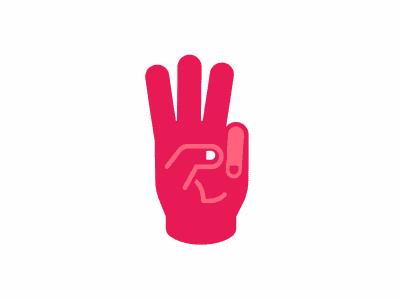Aim: To learn about flight and aerodynamics.
The definition of aerodynamics: according to Google definition, aerodynamics means - the study of the properties of moving air and the interaction between the air and solid bodies moving through it.
4 Forces of flight:
- Gravity
- Thrust
- Lift
- Drag
Paper Plane
Materials:
- Paper
- Scissors
- Make a paper plane that can glide or go further.
- Make ailerons by cutting out the dotted line.
- Throw the plane without the ailerons.
- Next, throw with ailerons and record if it has gone further or not.
- Finally, throw with a paper clip on front. Record those three throws. Which one was the furthest? Which one worked, which one didn't?
Conclusion
Findings:
Below is the launches that our group had done.
Christian's Launch
Plane Type
|
Distance
|
Behaviour
|
Normal
| 5m | Straight Line |
Ailerons
| 1.9m | Curves to the side |
| Paper clip | 3.9m | Straight Line |
Khyle's Launch
Plane Type
|
Distance
|
Behaviour
|
Normal
| 3.6m | Straight Line |
Ailerons
| 3.2m | Curves to the side and a loop. |
| Paper clip | 5m | Straight Line |
In Christian's launch, the normal throw without anything went to five meters (the maximum) and hit the door. The throw was in a straight line going to the door. The second throw, was with the paper clip went to 3.9m with a straight line again. The thing was that it didn't go that far. The final throw was with the ailerons or the flaps. It went to 1.9m with some curves to the side.
Next was Khyle's turn to lunch. He had started with 3.6m with a normal throw, it went in a straight line like Christian's. Next, was the paper clip, the paper clip added some weight and gave his plane more distance, it went and hit the door, it's 5m. Also, it went in a straight line. The final throw with the ailerons, it had done curves to the side and a loop, but it landed on 3.2m.
I really liked this experiment it was enjoyable making the planes and how the planes' behaviour change when the flaps or ailerons come up or the paper clip is attached to the plane.
What I'd learnt:
- I think, when you have ailerons, your plane won't go further, but glide and curve to the side.
- The behaviour of the plane changes when you attach or add something on.
I hope you like my post about aerodynamics. I hope you learnt something new in this post. Comment down below what you've learnt today. Have a cool day!! Bye!!

















